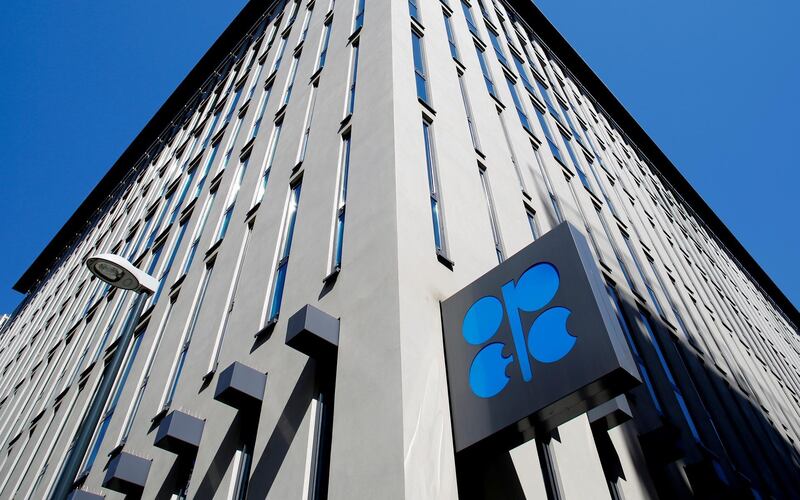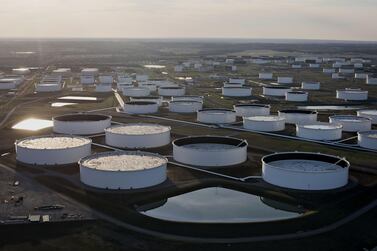Oil producers, part of an alliance led by Saudi Arabia and Russia, will begin easing production cuts from today as demand for crude shows signs of revival.
Opec+ helped stabilise the oil markets at the height of the pandemic when demand for crude fell due to movement restrictions across the world. Now, it is gradually easing these production cuts which will have implications for the market.
The alliance, backed by energy producers of the G20 reached an agreement to cut 9.7 million barrels per day in April. The pact was initially set to hold for May and June, but was extended until July to balance the markets. West Texas Intermediate, which largely tracks US crude grades, fell below zero in April as production outstripped available capacity to store oil at the benchmark’s physical delivery point in Cushing, Oklahoma. The move by Opec+ to cut production helped draw down inventory levels and returned oil prices to above $40 per barrel.
From August, voluntary cuts by a core group of Opec producers such as Saudi Arabia, the UAE and Kuwait will end. Riyadh pledged an additional cut of one million bpd in June, bringing its total output curbs to 4.8m bpd.
Kuwait and the UAE also offered to cut back an additional 80,000 bpd and 100,000 bpd respectively. Following the decision to taper cuts to 7.7m bpd from August 1, the Gulf producers will no longer make additional voluntary commitments.
Laggards within the Opec+ alliance, who failed to reach their quotas between May and July, will enforce additional cuts until September. Opec+ exacted pledges from Iraq, Nigeria, Kazakhstan and Angola at the group’s July joint ministerial monitoring committee meeting to commit to additional cuts to production. Opec+ can expect to draw back 8.1m bpd in August, thanks to additional output cuts from these producers. The alliance will maintain production curbs in a tapered manner until April 2022.
Brent, the international crude, settled at $43.52 per barrel, while WTI closed at $40.27 per barrel on Friday. Both benchmarks have registered gains amid a weakening dollar and the alliance’s continued efforts to draw down production.
Swiss bank UBS forecasts Brent to average $40 per barrel in September and $45 per barrel in December, due to projected undersupply in the market. Much of the projected output increase from Opec+ producers will be absorbed by domestic markets to meet seasonal demand for crude.








